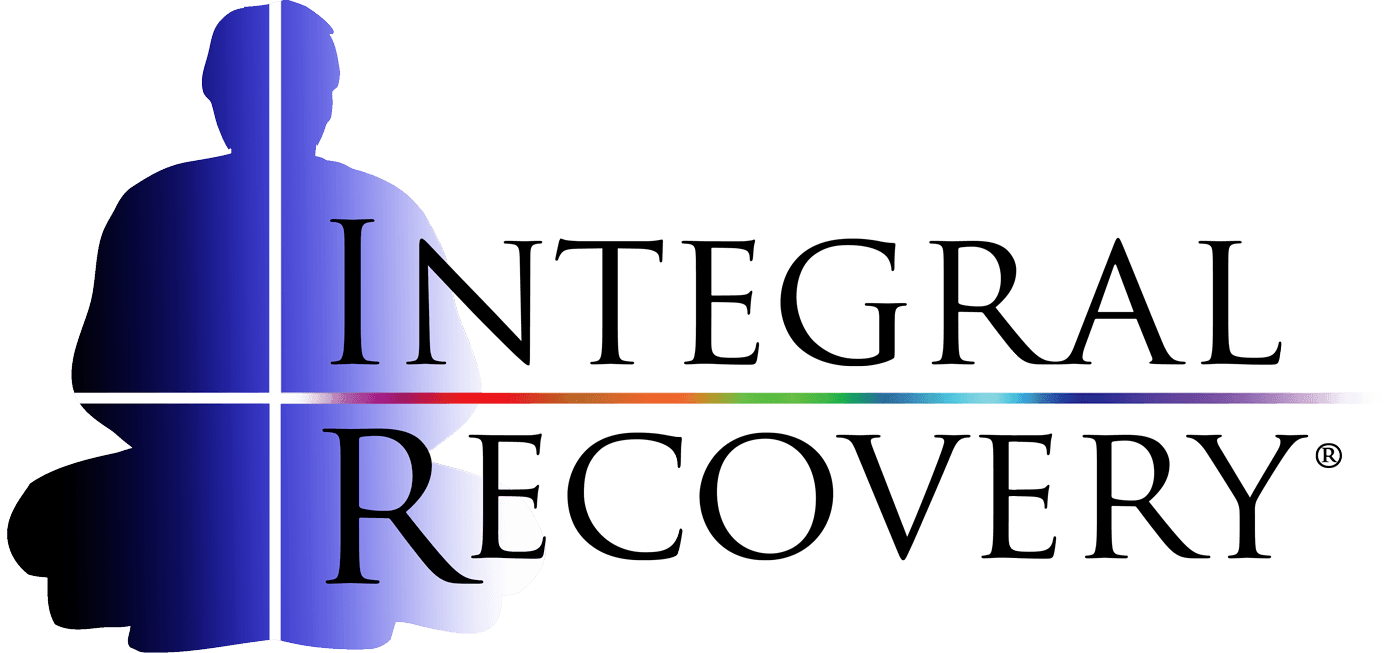Enhanced Meditation with Binaural Brain Entrainment
I’m sitting in a motel room in Boulder, Colorado, where I am attending Naropa University’s Wilderness Therapy Symposium. Living in a small isolated community like Teasdale makes going to a city always interesting. I’m struck with the question, “I used to live like this?” It actually makes me appreciate cities more, and gorgeous Wayne County, Utah (my home) more as well. What’s good about cities for me? People watching, sushi, good gyms (I love gyms and fancy myself quite the connoisseur), and bookstores. Did I mention yoga classes? Other than that it’s “take me home, country roads.” But what I actually want to talk about is binaural brain entrainment enhanced meditation. This as an essential part of the form of Integral Life Practice that we use in the Integral Recovery model, and I believe this component is years ahead of most other current models, or at least any that I have heard of. I first learned about of Binaural Brain Entrainment (BBE) on Integral Naked—a multimedia site produced by Integral Institute. There were two MP3 files of Ken Wilber in conversation with Bill Harris, the CEO of Centerpointe Research Institute (makers of Holosync)—the leading BBE company in the world. The part of my brain that is always looking for an edge in my campaign to kick addiction’s tush immediately flashed: PAY ATTENTION TO THIS! I spent the better part of two months researching this technology, and came to the conclusion that if this stuff worked half as good as the data indicated, I must try it. I coughed up the geld and ordered the first level of Holosync, called “Awakening Prologue.” Binaural Beat Entrainment came on the modern scene in the October, 1973 issue of Scientific American. A fellow named Dr. Eugene Oster described the effects of using stereo headphones to put two distinct auditory beats in the left and right ear respectively. For example: a tone 200 Hz in the left ear and 210 Hz in the right ear (a difference of 10 Hz). It turns out that in order to deal with the discrepancy, the brain creates a “phantom wave” of —you guessed it—10 Hz. The reason this matters is that the brain is always naturally creating different brainwave states, depending upon one’s state of consciousness. By using binaural beats, Dr. Oster found that he could synchronize the brain (and hence consciousness) at any frequency he wanted to. Here are the major frequencies produced by the human brain, along with their corresponding states of consciousness: Beta (14-30 Hz) Concentration, arousal, alertness, cognition. Higher levels associated with anxiety, unease, feelings of separation, fight or flight. Alpha (8-13.9 Hz) Relaxation, super-learning, relaxed focus, light trance, increased serotonin production. Pre-sleep, pre-waking drowsiness, meditation, beginning of access to unconscious mind. Theta (4-7.9 Hz) Dreaming sleep (REM sleep). Increased production of catecholamines (vital for learning and memory), increased creativity. Integrative, emotional experiences, potential change in behavior, increased retention of learned material. Hypnagogic imagery, trance, deep meditation, access to unconscious mind. Delta (.1-3.9 Hz) Dreamless sleep. Human growth hormone release. Deep, trance-like, non-physical state, loss of body awareness. Access to unconscious and “collective unconscious” mind, greatest “push” to brain when induced with Holosync. At around the same time as Dr. Oster, various researchers, including the Menninger Foundation, were studying the brainwaves of advanced meditators. They were finding that highly trained monks, nuns, and swamis were able to drop down into very low brainwave states, such as alpha and theta, at will. However, to get to this level of meditative aptitude required years of disciplined practice, often in some sort of monastic setting. One the one hand, this was great news. Meditation was scientifically verifiable, and with time anyone could experience the classic fruits of practice. But on the other hand, 99.99% of the human family doesn’t have the luxury of a monastic existence. In the case of the addict, they will probably be dead long before the requisite skill level is acquired to reap the much needed benefits of deep brainwave meditation—such as inner peace, mental focus, compassion, wisdom, and freedom from craving or compulsive desire. Binaural Brainwave Entrainment offers a much needed modern shortcut. By engaging an Integral Life Practice that includes binaural brain entrainment meditation, the deep brainwave states that were once the purview of the very few can now also be experienced by the many. And for addicts everywhere this is a golden opportunity. Very quickly, with an ongoing daily practice, the controlling addict self (the raging reptilian brain stem) can be transcended, and the “I am an addict” can quickly become “I have an addiction”—in other words, still a part of the self, but no longer the controlling part. The addict self no longer runs the show. The higher self or the higher ground attained through Integral practice becomes the new locus of control, as the brain, body, mind, and spirit are healed and new levels of optimal health and development are reached. I have been doing an Integral Life Practice (ILP) for two years now, and probably meditate 40 hours a month on average. I don’t think everyone needs to tack on the extra 10 hours, but that seems to be the right mix for me at this time. The results for me have been way beyond what I could have hoped for. Any of the practices that I do (weight training, supplementation, emotional releasing work, the study of Integral Theory, and meditation) would have been would have been good by themselves. Done together as part of a comprehensive ILP, the results have been truly extraordinary. Physically, emotionally, spiritually, intellectually, and creatively I am functioning at a much higher level than I ever have in my life. As I write this I am fifty-one years old. The rules of the game are changing….
